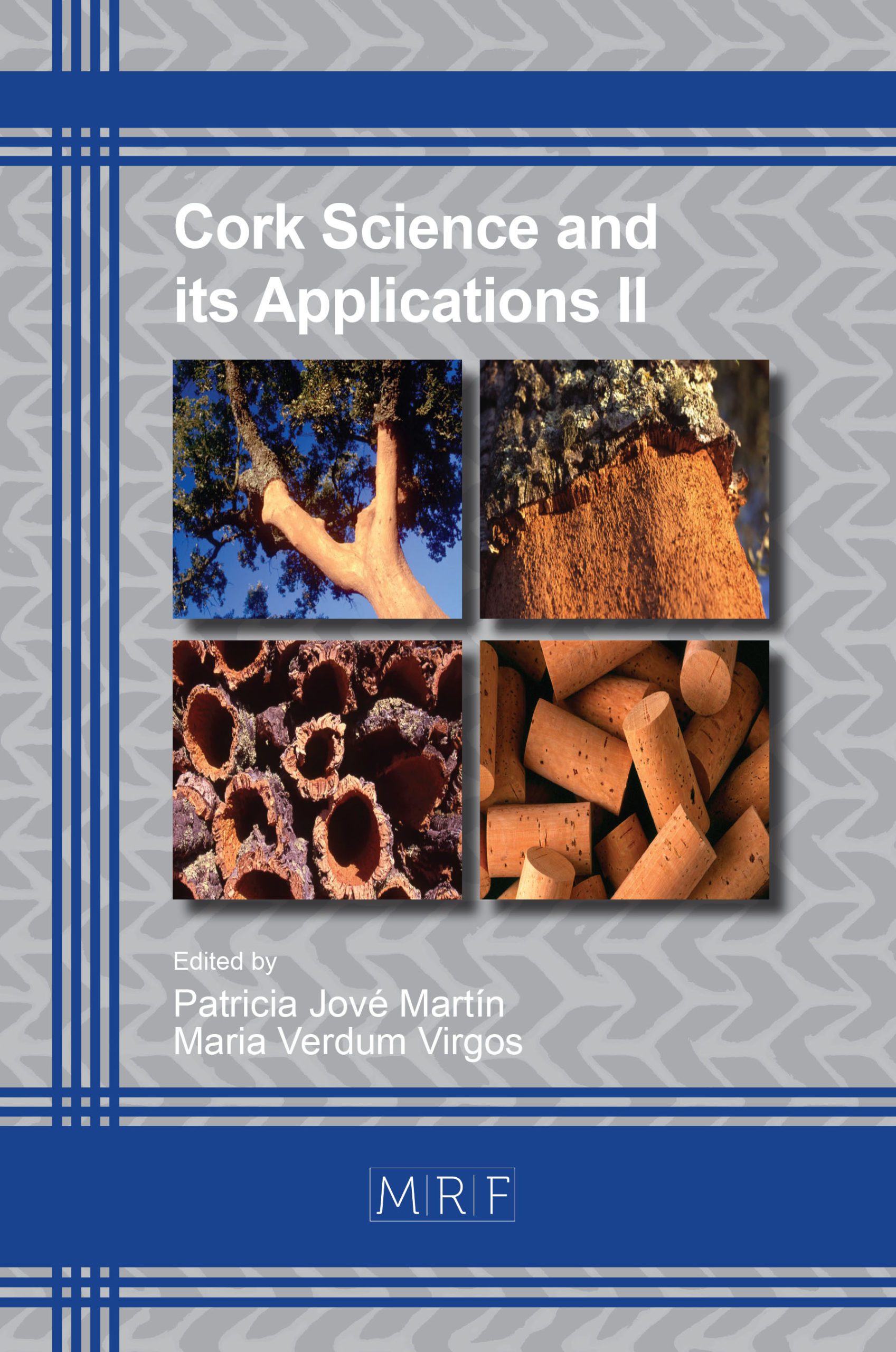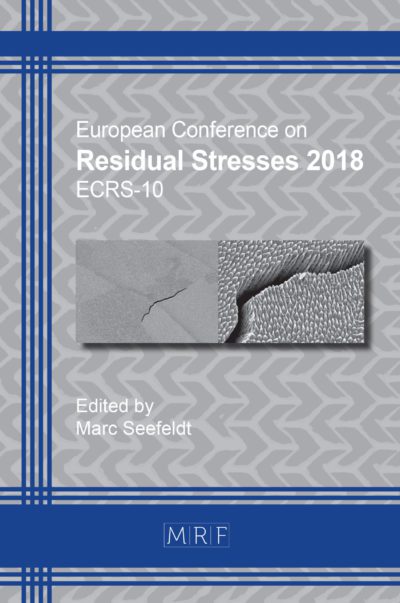Production of Cork Hollow Pieces by an Innovate Process Based on Rotational Moulding
Miguel Pestana, Manuela Mendes, Luís Miranda, António Corei Diogo
Abstract. A new technique of producing hollow cork composite parts is presented. It is mainly based on rotational moulding of cork powder and thermoplastic materials. Cork powder is a by-product from cork industry which is potentially dangerous (risk of fire and explosion); the incorporation of cork powder into the new products constitutes both an application of increased added value and a safe utilisation of cork powders. A series of mechanical tests on samples extracted from rotational moulded parts of the new cork composite are presented. Compression tests, creep and creep recovery tests are reported. There is evidence of toughening and softening (increased creep compliance) as the cork content increases; in both cases, the macrostructure of the composite contributes to the overall changes.
Keywords
Recycling, Rotational Moulding, Composite Materials, Cork, Polyethylene
Published online 9/20/2019, 7 pages
Copyright © 2019 by the author(s)
Published under license by Materials Research Forum LLC., Millersville PA, USA
Citation: Miguel Pestana, Manuela Mendes, Luís Miranda, António Corei Diogo, Production of Cork Hollow Pieces by an Innovate Process Based on Rotational Moulding, Materials Research Proceedings, Vol. 14, pp 28-34, 2019
DOI: http://dx.doi.org/10.21741/9781644900413-5
The article was published as article 5 of the book Cork Science and its Applications II
References
[1] Cordeiro, N.; Belgacem, M.N.; Silvestre, A.J.D.; Neto, C.P.; Gandini, A. (1998). Cork suberin as a new source of chemicals. 1. Isolation and chemical characterization of its composition. International Journal of Biological Macromolecules 22, 71-80. https://doi.org/10.1016/S0141-8130(97)00090-1
[2] Pereira, H (2007). Cork: Biology, Production and Uses, Elsevier, Amsterdam. https://doi.org/10.1016/B978-044452967-1/50013-3
[3] Gil, L. (2009). Cork Composites: A Review. Materials, 2, 776-789. https://doi.org/10.3390/ma2030776
[4] Todo Bom, L.F.R. (2010). Comportamento à compressão e tracção da cortiça: estudo numérico. Dissertação de Mestrado em Engenharia Mecânica, Universidade de Aveiro.
[5] André, J.R.S. e Cruz-Pinto, J.J.C. (2005). Previsão do comportamento à fluência do polietileno de massa molecular ultra-elevada. Revista Iberoamericana de Polímeros, 6, 181-198.

































